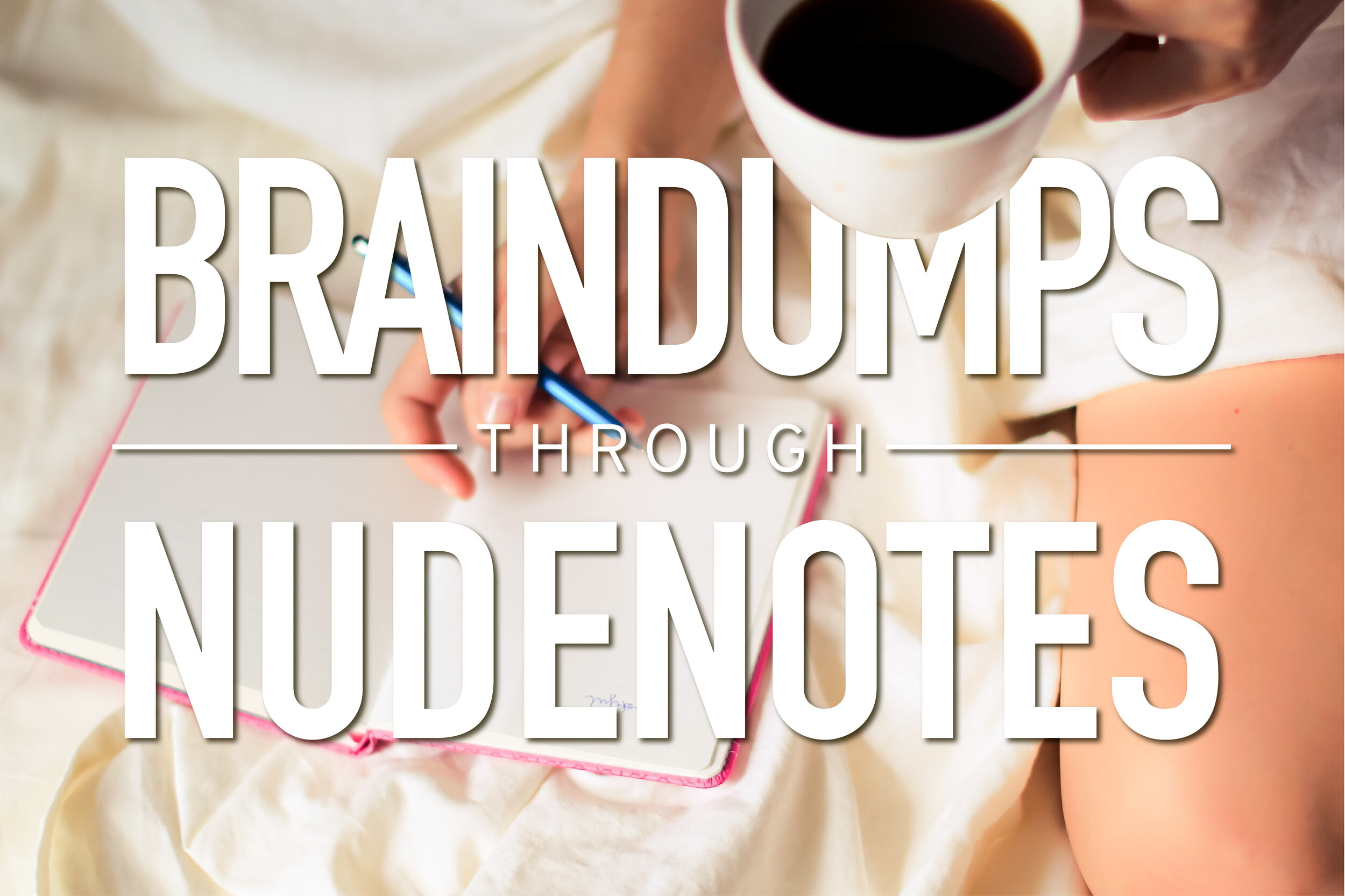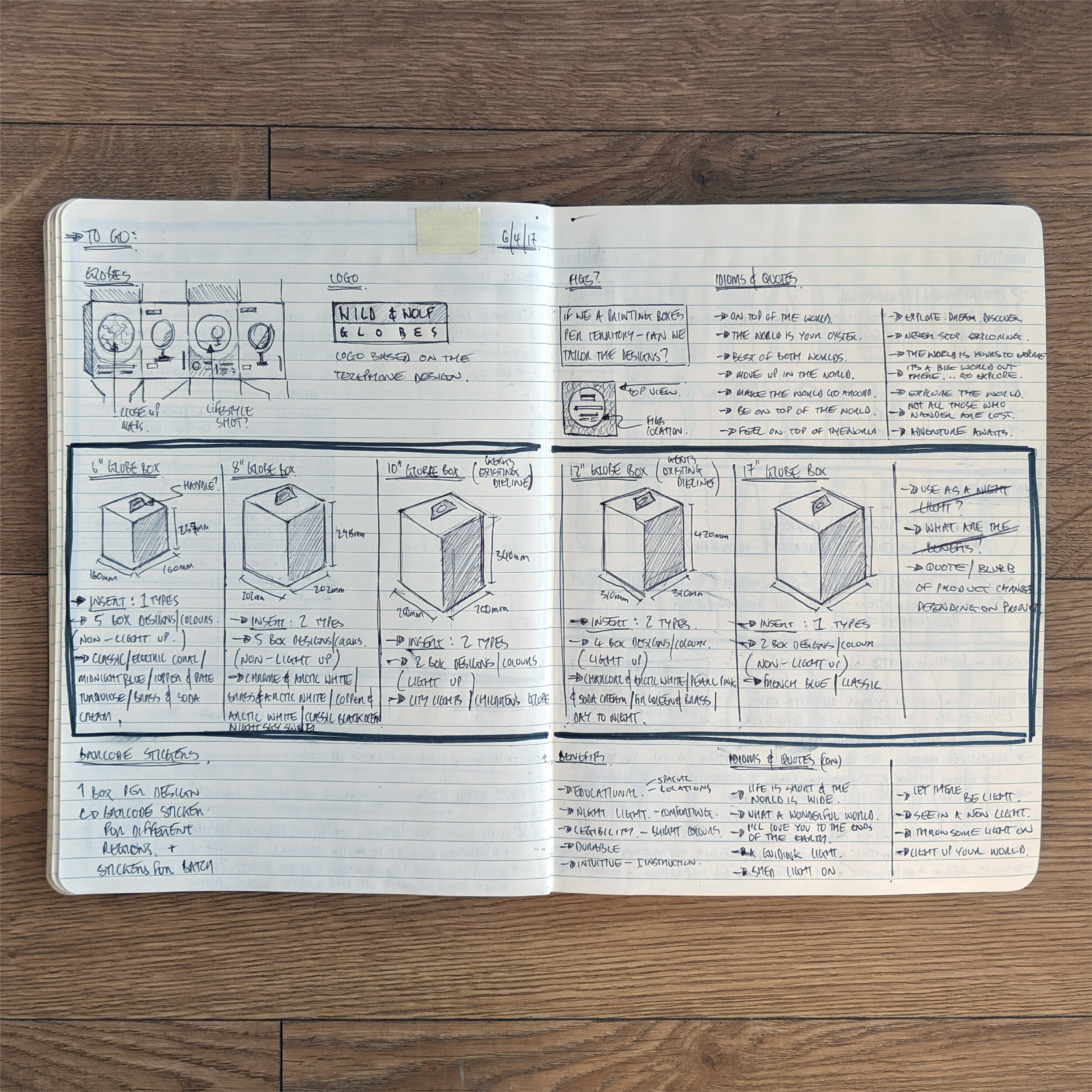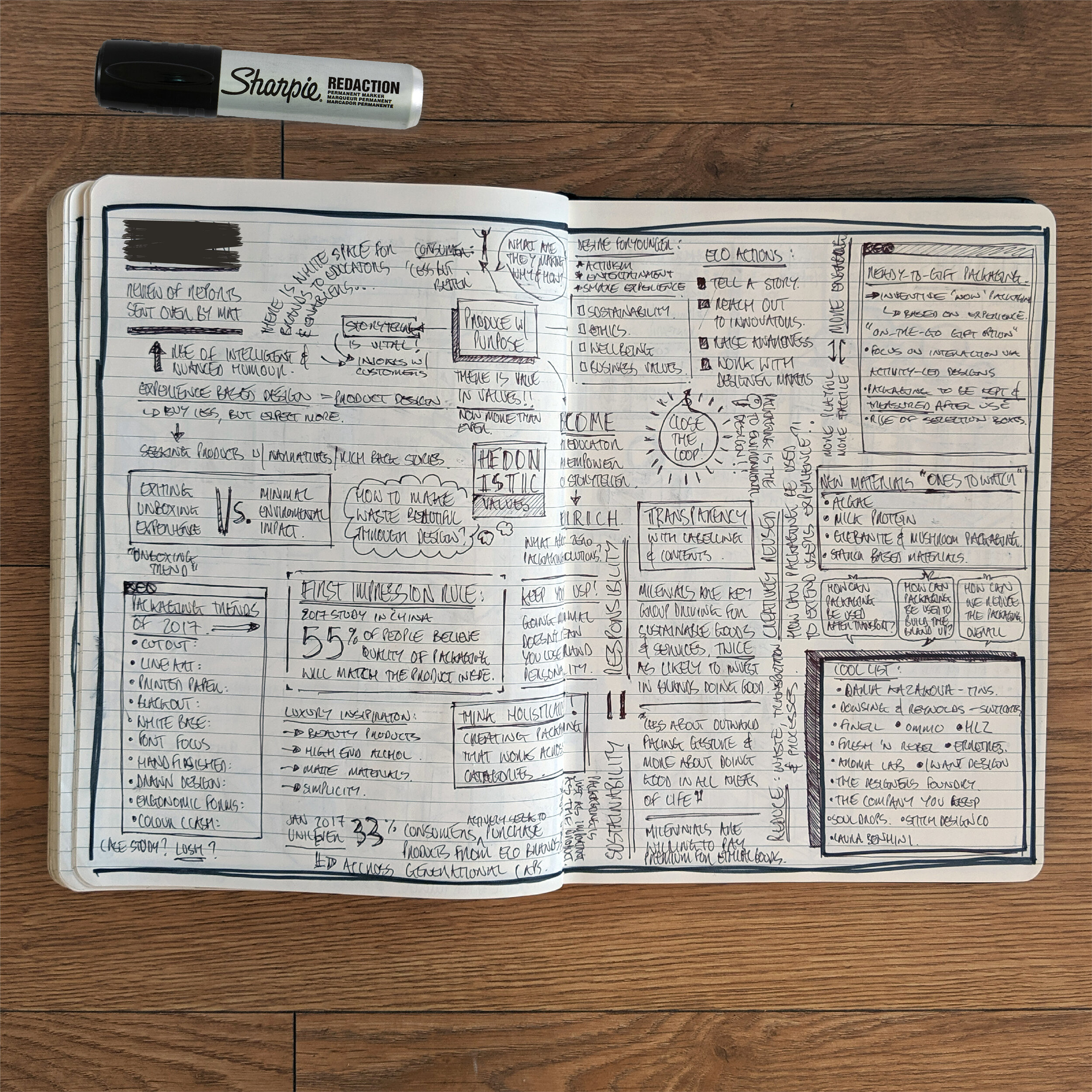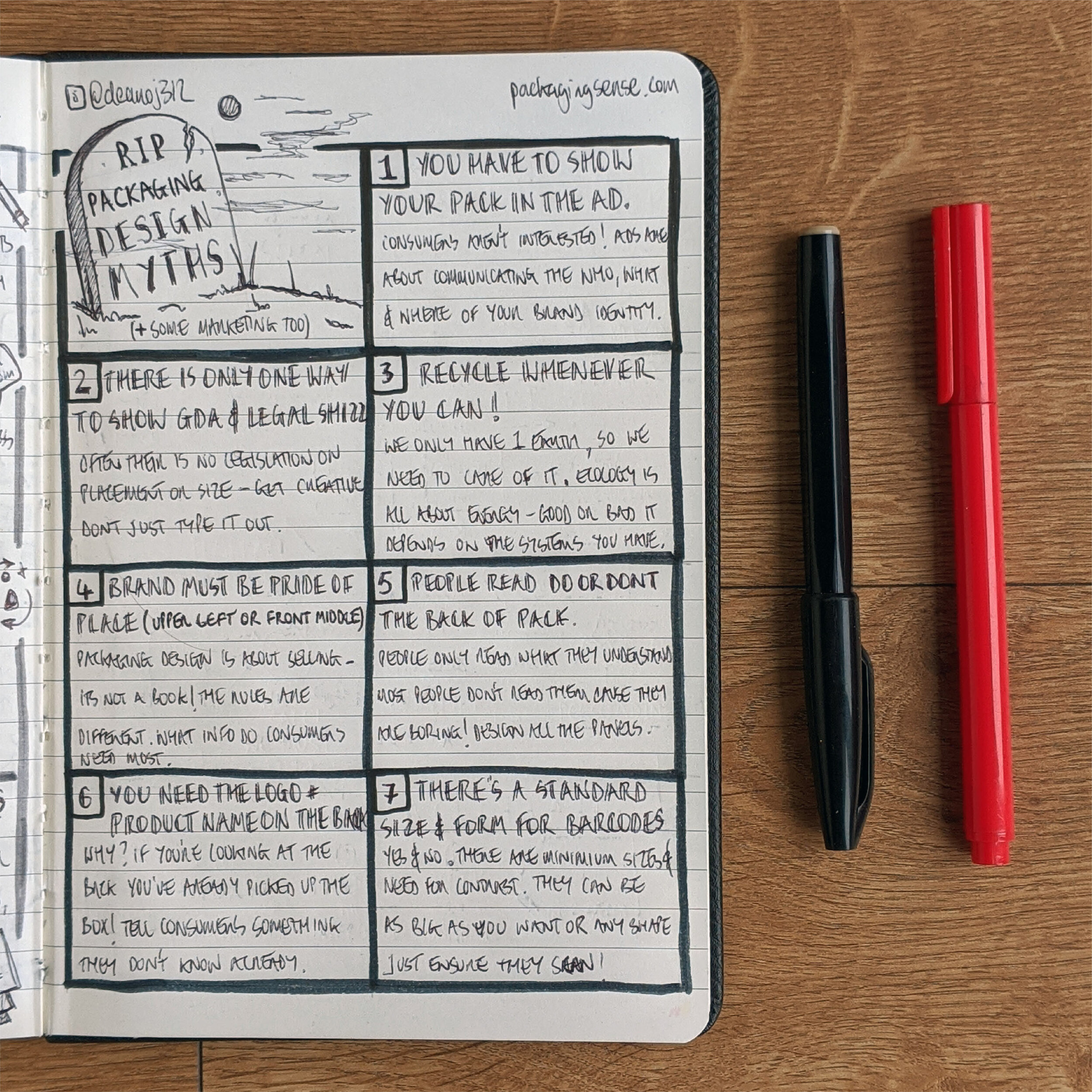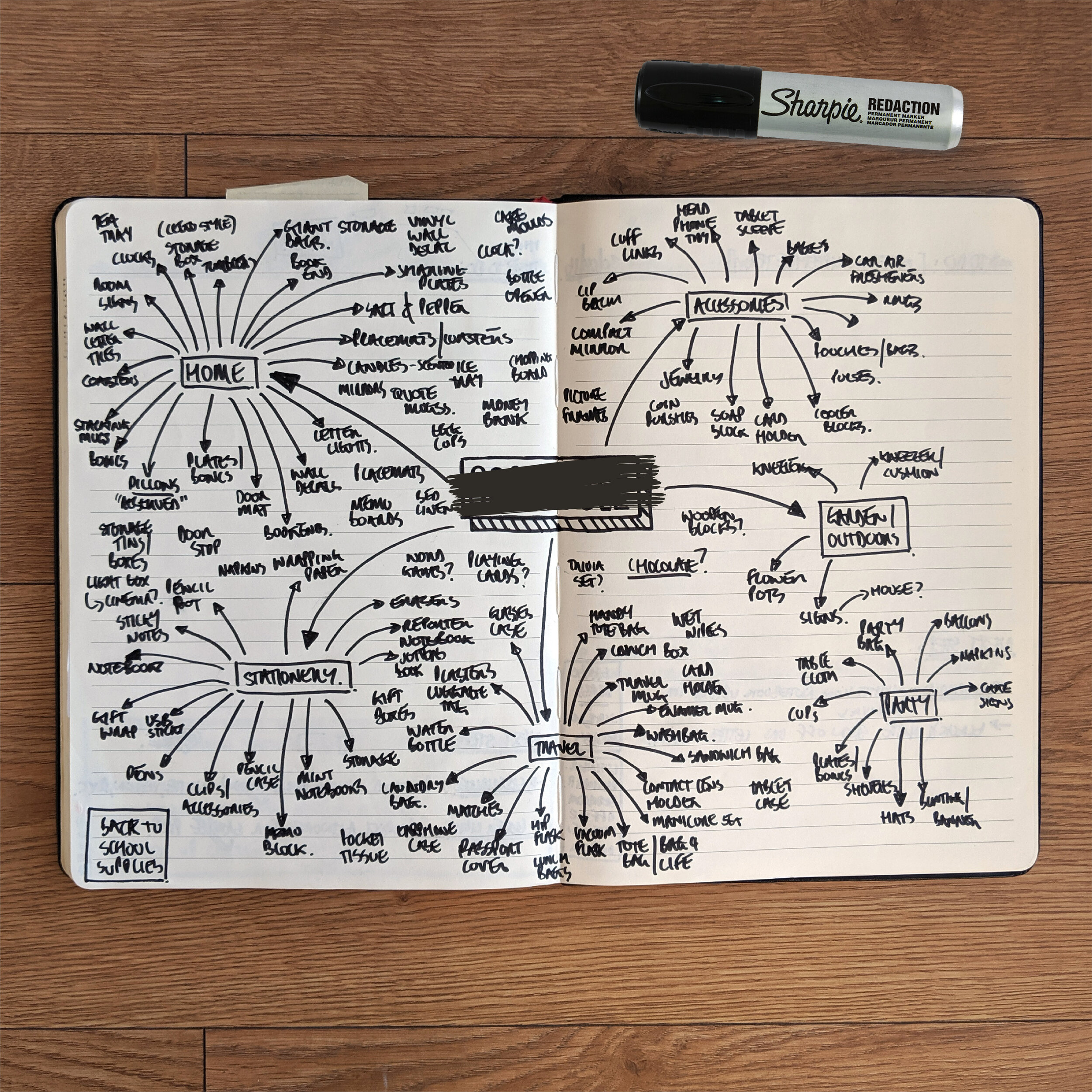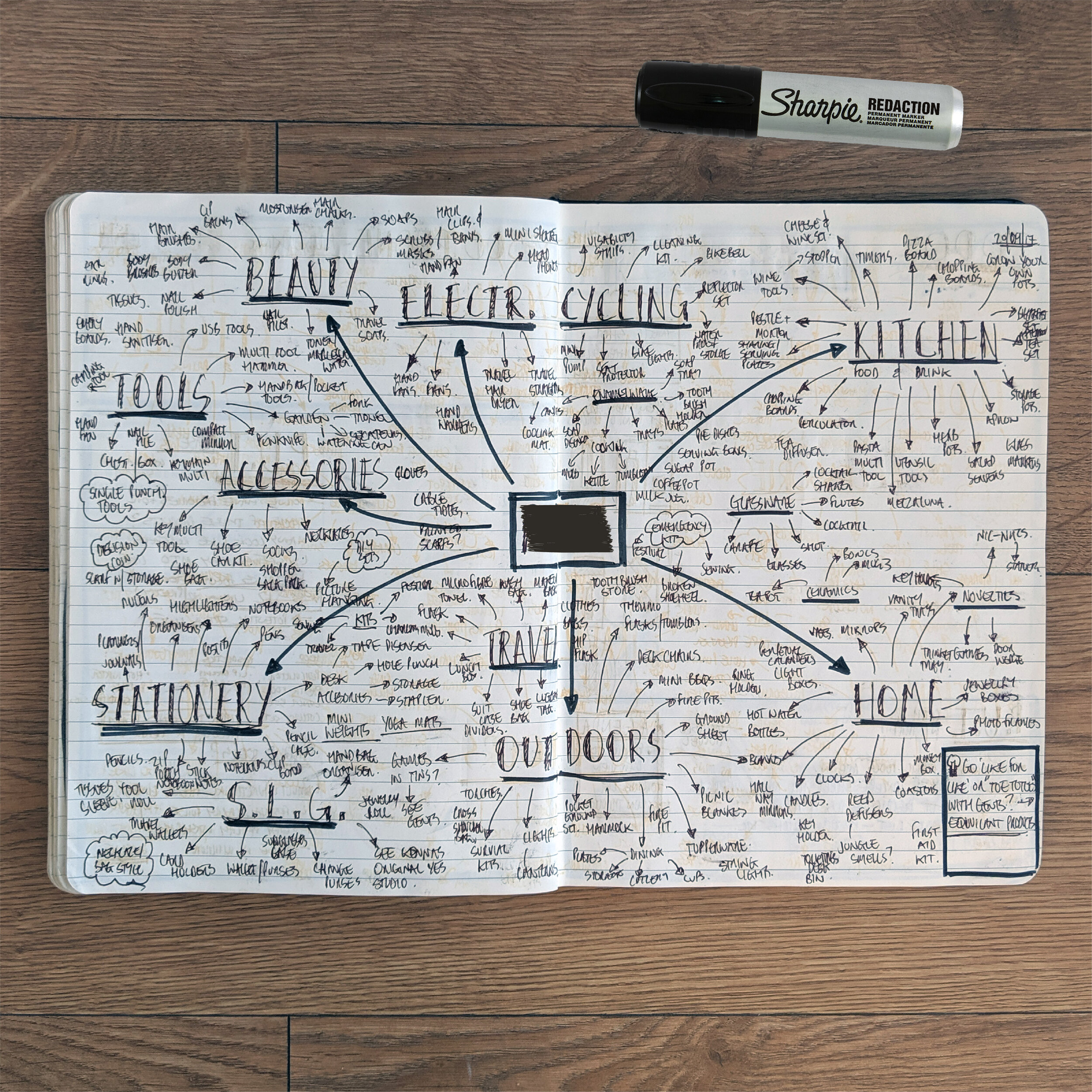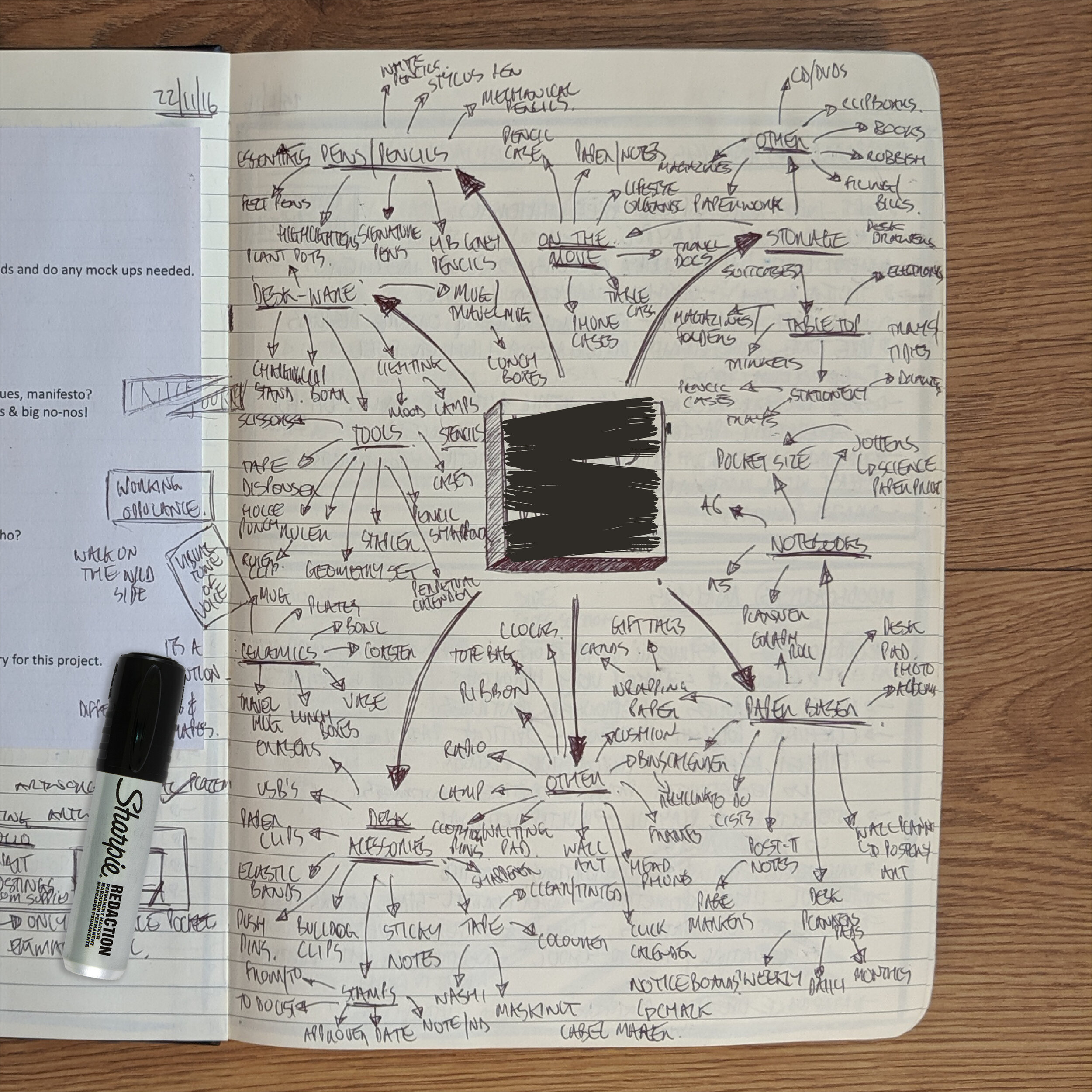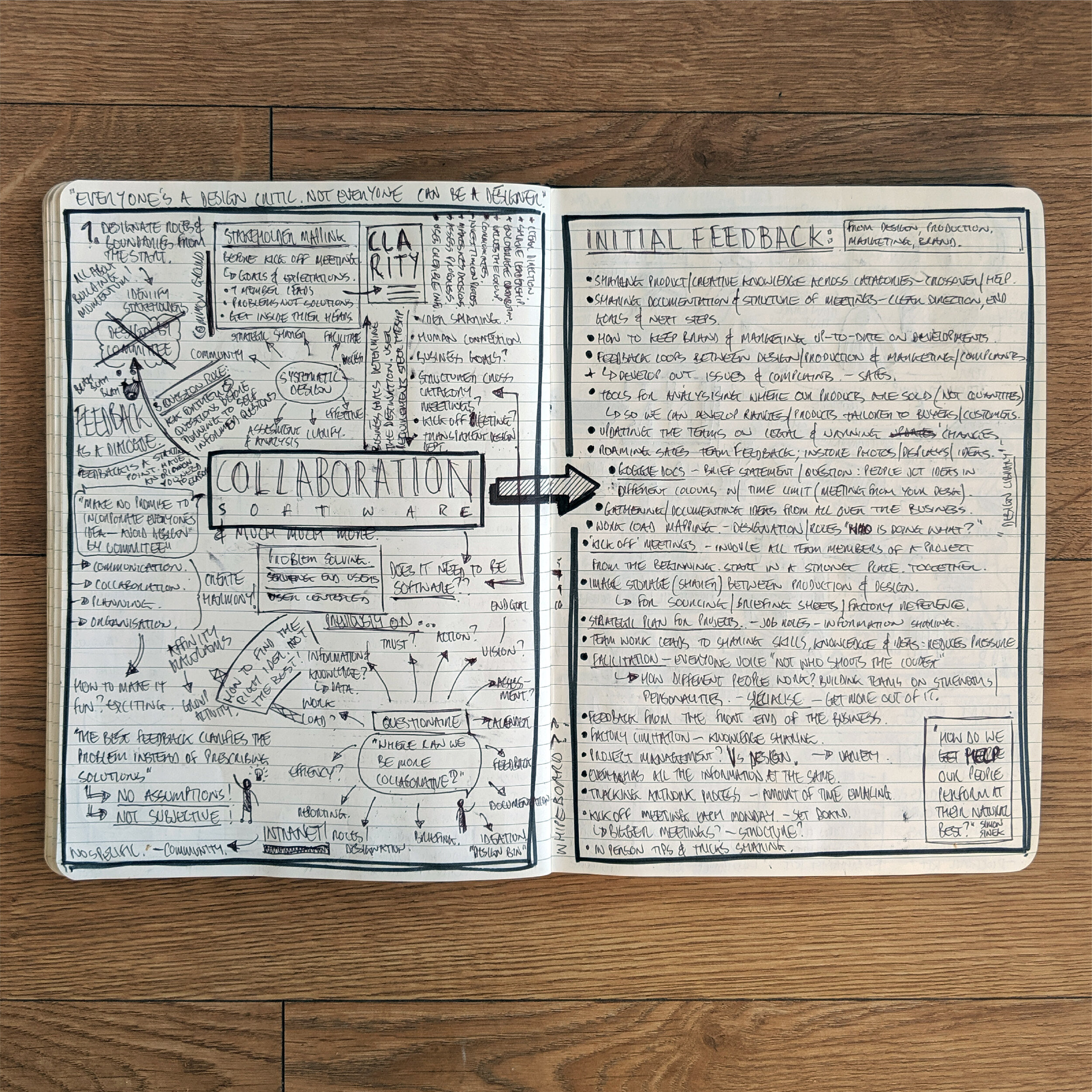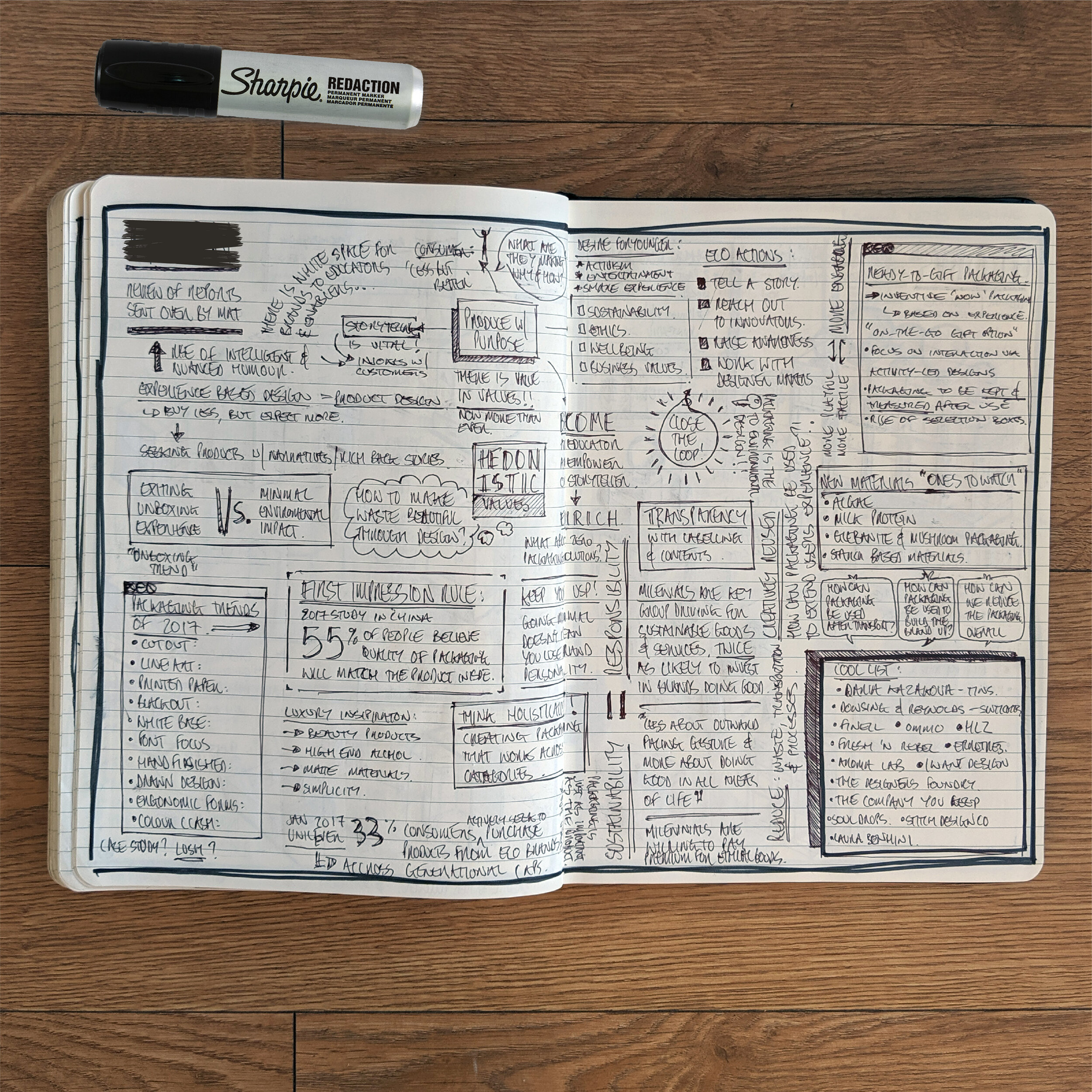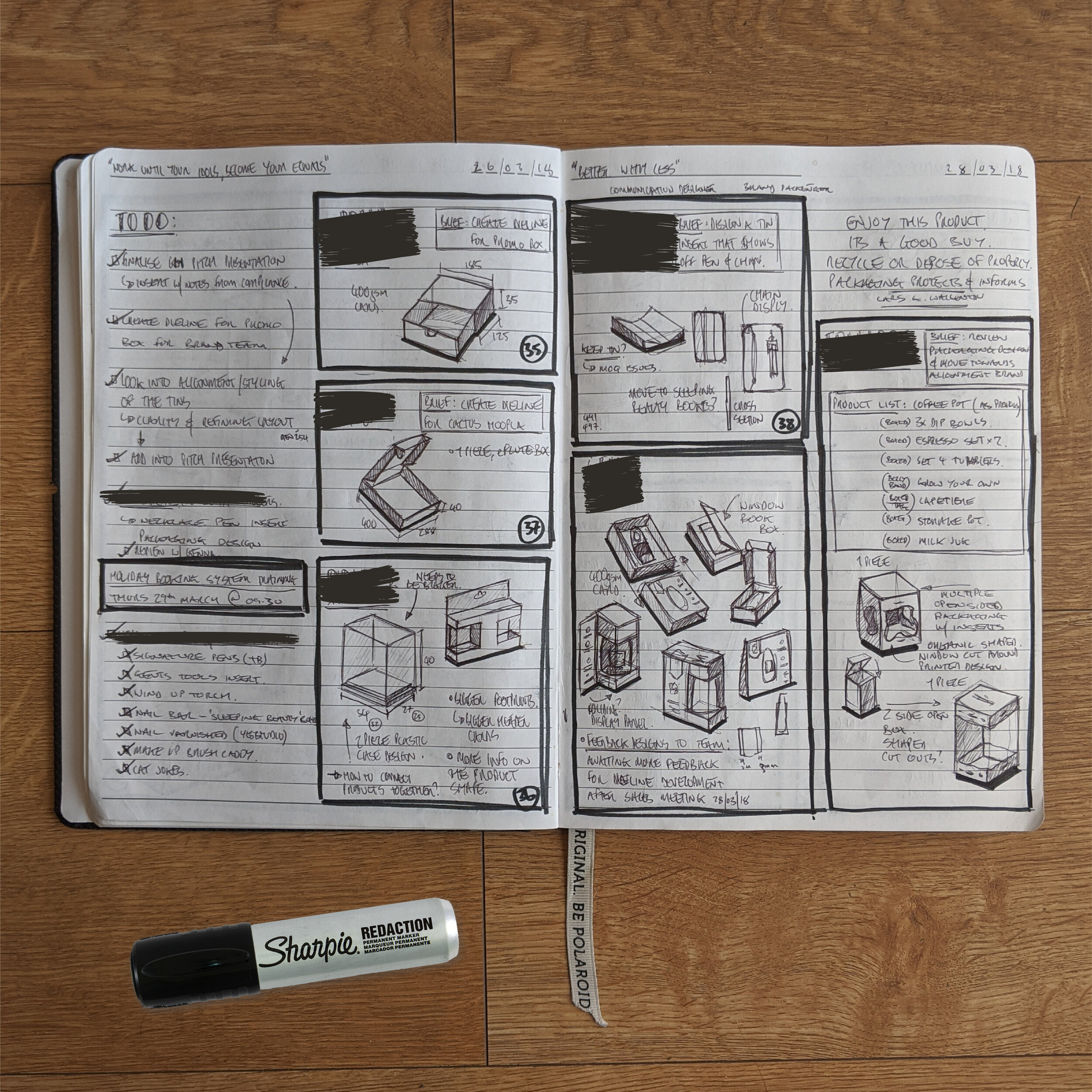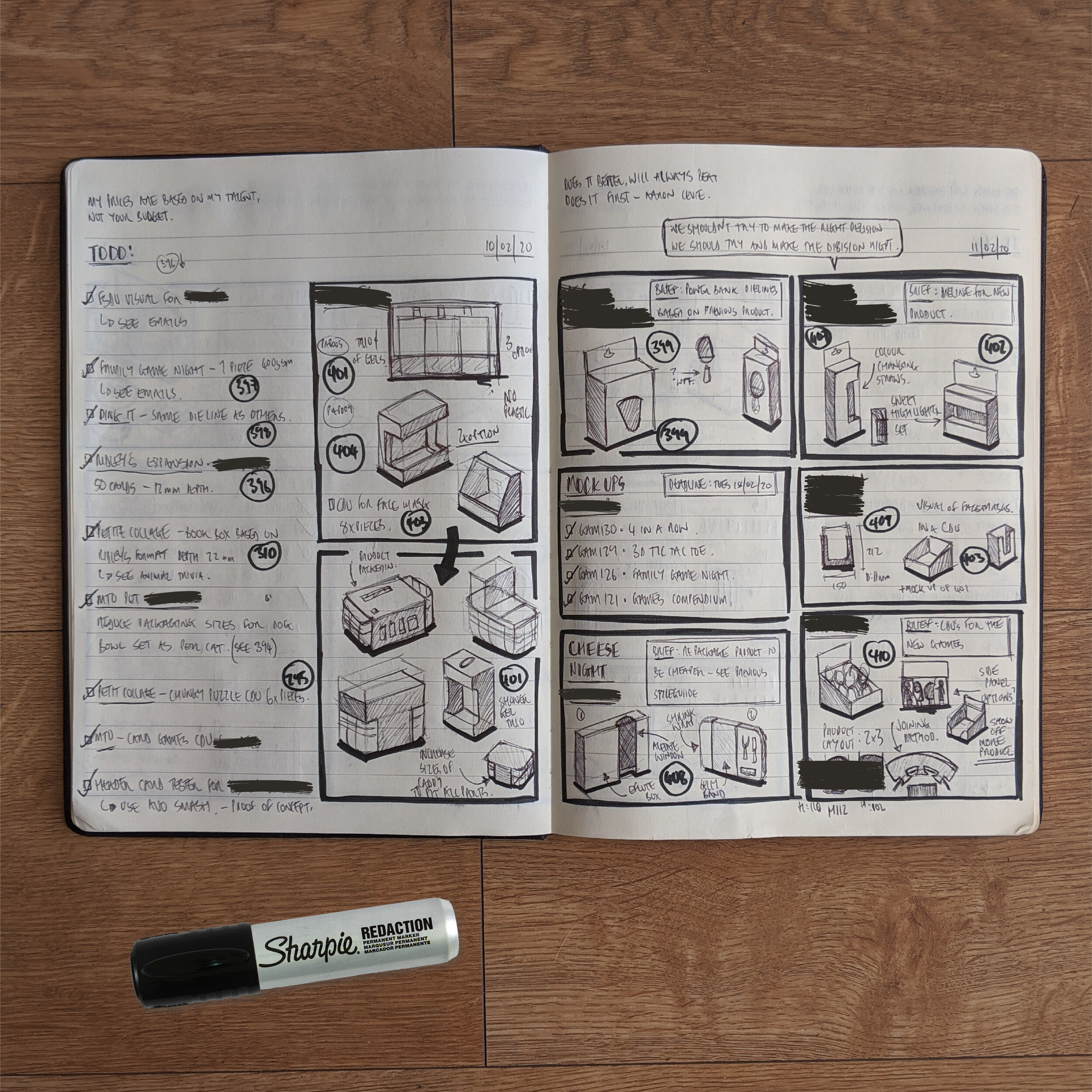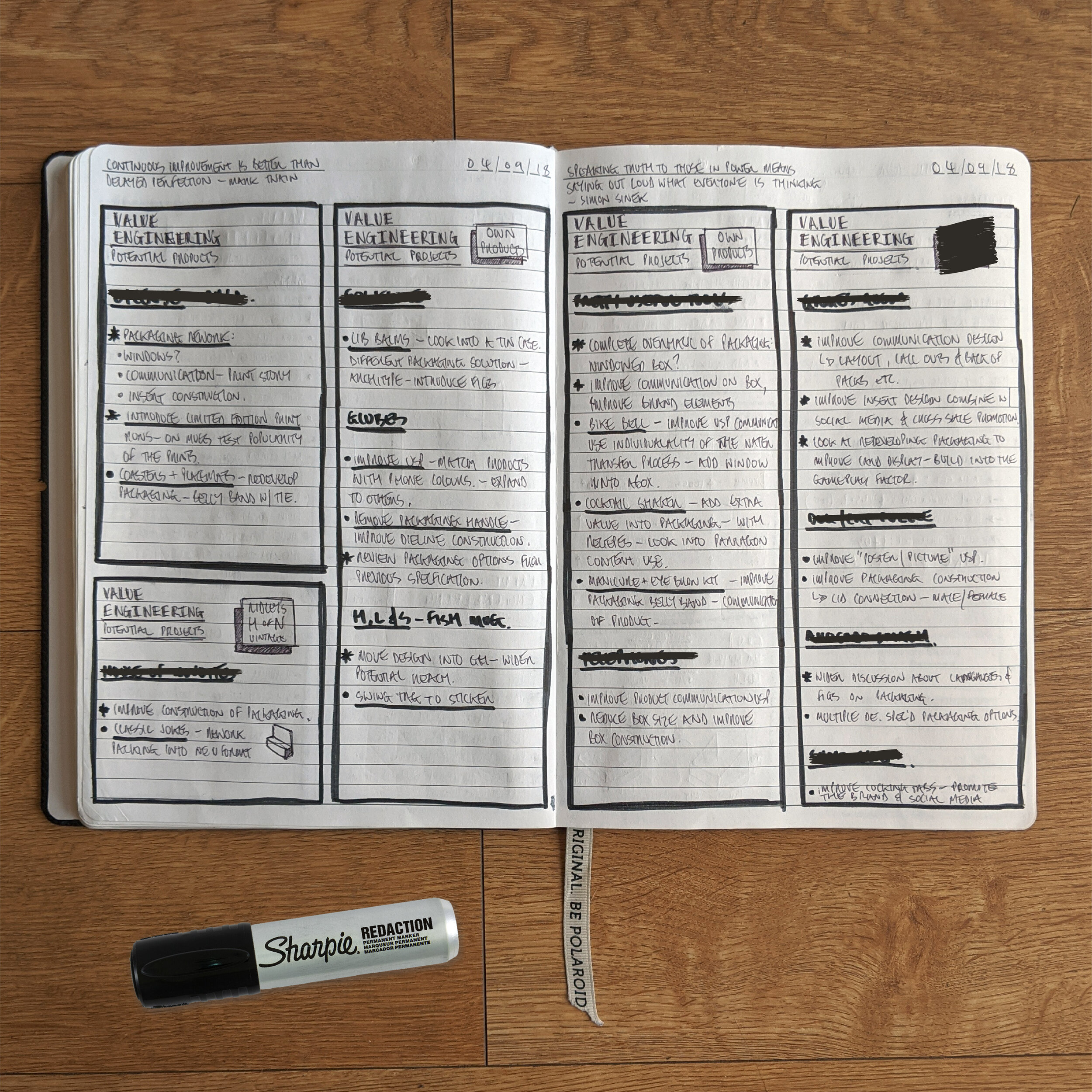Braindumps through nudenotes
Image courtesy of @avasol via Unsplash.
Have you ever had the feeling of a thousand thoughts tangling themselves in your mind?
You're paralysed with too many threads of thoughts, it’s a mind knot.
How am I going to write this email?
What groceries do I need to buy after work?
Who is singing that song on the radio?
When’s my next meeting?
What am I gonna bring to the meeting?
Remember to water the plants, must water the plants.
How am I going to solve my clients problems?
What present should I buy my Nana for her birthday?
When’s lunch? I’m starving.
As you try to untangle the knot, and focus on one task, your mind shuffles them all again. Only to replace it with another seemingly just as important task. Unable to focus on anything productive, you slip slowly away from anything productive and into a deep dark pit of procrastination.
Sound familiar?
It can happen anywhere, at work after a busy morning of meetings or on your only free Saturday morning when you have too many chores that only someone with six arms could do.
I understand – this used to happen to me all the time.
Notice how I said ‘used to’, what changed was my leverage of using braindumps, with a nudenotes twist.
In this blog, I’ll share some tips, tricks and techniques to help you untangle your mind knots, so you can be your most productive self.
What’s a braindump?
Let’s start by defining what a braindump actually is.
It does exactly what it says on the tin: it’s a dumping of all your thoughts, ideas, to-do list etc. onto a page.
Taking all of these jumbled thoughts out of your brain and onto paper frees up all that brain power so you can quiet your thoughts and focus on the task in hand.
Your brain is not a supercomputer, and despite what you may have been taught, it's not particularly great at multitasking… believe me!
Once you complete your braindump, you will feel a release of all that pressure, noise and guilt.
Now you have all this space and freedom to really focus and concentrate fully to be your most productive self.
The tangle of thoughts is now laid about before you on the page, you’ve taken something without form, created a tangible, physical thing.
Taking you one step closer to turning your ideas and thoughts into reality!
What makes an effective braindump?
The main goal with any braindump is to gain clarity – clarity of thought, clarity of goals, clarity of projects etc.
Best way to achieve this is to break your braindump into small pieces.
Just the same as creating any other nudenote spread, the best way to do this is by usings a framework.
I’ve written about frameworks in previous nudenotes blogs, but a good framework can make or break a good braindump.
Instead of just emptying your mind out onto a page, using a framework has a sorting effect - organising the information into a stress-relieving order.
It’s a sort of self-care, spending thoughtful, conscious time on yourself and your thoughts, for the benefit of your mental wellbeing.
Types of framework
There are three main frameworks you can use to capture your braindump, depending on the information in your braindump and the outcome you want. Here is a breakdown of the three frameworks, and where I have found them useful:
The grid
A grid is my go-to framework in my nudenotes, probably due to my background in design.
I know because of this that using a grid will dramatically improve the effectiveness and efficiency of the design process.
Then map your braindump into a grid and simply divide up your page into sections.
Your grid can be uniform or asymmetrical – grids, like people, come in all shapes and sizes.
That’s what makes it so useful, it’s such an adaptive format.
A grid is good for capturing disparate ideas or thoughts in a single place.
I use it every day at work for capturing my to-do list and project ideas.This process of capturing my to-do list and projects keeps me sane and focused during the 9-5.
Here is an example of some of these grids:
This framework works really well if you have a set number of ideas or sections going into your braindump, as you can grid your nudenotes to match this.
Don’t forget to add an extra section for other random thoughts – who knows what can be caught up in your brain knot.
I love a good grid, it allows you to focus on the content within, once you have perfected a grid that works for you, double down on it and reuse it over and over.
Over time you may find you’ll have less and less mind knots to untangle.
So if your brain tangle is a result of little or no structure this could be the framework for you.
The mind map
This framework is probably the most well known – nearly everyone has created a mind map or a brainstorm in their lives.
For those of you not familiar, the main topic goes in the middle of the page, then you make notes around the central idea in the empty space, often linking them back to the central idea using lines or arrows.
Sometimes, these notes become their own mini mind map, depending on how deep you want to drill down into this idea.
The mind map is a great way to communicate a range of ideas fast, it’s easy to understand the hierarchy within a concept and where ideas or topics are linked to each other.Here are some examples of this framework in use:
Mind maps are great for capturing ideas and understanding the possible relationships between them, in the context of a braindump they are a good framework to capture all your ideas to solve a problem.
So if your brain is a tangle full of ideas, this is the framework for you.
Going wild
This is the most freeing of all the frameworks, no restrictions, no barriers – just go wild.
Start anywhere on the page, and just empty out all your ideas, thoughts and projects onto a page, and get it all out.
If you're new to doing a braindump, this is probably the best place to start, however I find this format is also the least effective.
To me, for a braindump to be useful it must have a productive or helpful outcome – more on that later.
Generally, the flow within this framework will match your trail of thought, which is good to spot what is interrupting your concentration, but it doesn’t really have the structural support of the other two frameworks.
Here are some examples of this framework in use:
This framework is a great way to get your ideas out of your head, they can easily become another tangle on the page, especially if you're referencing them later down the line.
But this freedom does allow you to play around with layouts and designs, to best suit your needs, and you may even find yourself developing a framework from all this exploration.So if you’re new to braindumps through nudenotes, this is a great place to start.
Supplies
Whatever you have available… you can create nudenotes using any drawing equipment you have to hand.
That’s the beauty of nudenotes, it's the content, and what you get out of it, not what it looks like at the end.
That said, here’s the basic kit that I use every day for my nudenotes braindumps:
Black biro
Black felt pen
Grey felt pen
Ruler
Pencil
Eraser
That’s the basic kit I use, but you can use all the colours and gear you want if it helps you navigate your braindump on paper.
Ready to untangle your brain?
Now you have the basics to get you started, you have all the gear and some frameworks to help organise your braindumps in an easy to understand way.
It’s time to get started – to put pen to paper!
At this point, it’s important to keep in mind that braindumps are extremely personal, and the methods I use may not work for you and your situation.
It’s important to experiment and try new things, to get the most of braindumps through nudenotes.
Some people like to create tickable lists and others like the comfort of a visual mind map.
Whatever your eventual groove it’s important you find it – to work as effective and efficiently as possible.
Finding your groove
Finding your groove is the key to unlocking brain tangle!
I have used all these frameworks in one way or another, with various levels of success.
It depends on the task or situation.
However there is one that I use daily, during my 9-5 job.
It’s a grid framework in combination with a checklist (gotta get that dopamine hit by ticking things of the to do list) here are some examples from my own work journals:
Breaking down my framework:
It goes across a full double page spread, split into a four-column grid. The header is where I put my titles, any random notes and my two weekly quotes, taken from my Instagram feed, so every time I open my journal, I have a boost of inspiration.
The first column on the left hand side is my to do list, this is where I list out all the quick tasks and things to do, as a designer these are the quick tasks that probably don’t require any hand sketching and problem solving.
The other three columns become an adaptable grid of boxes of varying sizes.
Each box is labelled with a project title and a project number which align with my own digital project library for quick look up in the future.
A full page grid usually lasts about a week, depending on workload – if it goes over, it goes over.
Remember, a framework is a guide, not the law.
You need to be flexible and adapt to your evolving needs and situations.
Tips and tricks
Commit to it
Trying it once is not enough.
It has taken me a few years to develop my own layout that works for me.
My suggestion is you try a framework and approach at least three to five times before iterating or changing to something completely different.
You’ll need time to figure out what works and what doesn’t for you personally.
Stick with it, trust the process and your instincts to get a good outcome.
There is no right way
I haven’t given you a step-by-step guide because your approach will be completely unique to you, fitting in with the way you work, your situation, and your brain knot.
Trial, error, and practice are the only ways to consistently succeed in untangling your brain knot.
There are plenty of step-by-step guides out there on the internet, but I highly doubt you’ll find something that works perfectly for your life and work.
You’ll need to adapt it in some way to get the most out of it.
Create a habit
Consistency is the key.
Once you have a method and process that works for you, hold onto it.
Do it regularly, build it into your daily or weekly routine.
Every Monday, the first thing I do is sit at my desk with a mug of tea and write out the titles and quotes for that week's spread of notes.
There’s something reassuring about having this support me in the busy week ahead.
I know that using my braindump method will keep my brain free and untangled, allowing me to concentrate and focus on the task in hand and not trying to keep everything in my head.
Get started!
My braindump nudenotes method has transformed the way I work for the better.
It has become an integral part of my daily routine and super important to my wellbeing and happiness during the 9-5 grind.
It’s amazing to think that a few organised scribbles can have this effect, but it can.
Since perfecting the method, I haven’t had a mind knot or lack of focus due to overwhelming workload or to-do lists, resulting in massive reduction in procrastination.
Instead, I can just get on with it.
If you want this in your life, maybe it’s time to pick up a pen and start nudenoting your braindumps – clear your mind and increase your focus.
That’s all folks!
I hope this helps you to create your own method for braindumps, and improve your overall mental wellbeing.Shout out to nudenotes fan @thefinestleaf for inspiring this blog article, after our chat over Instagram DMs.
I’d love to see your creation and hear your stories – hit me up in the comments below or head over to Instagram and use the hashtag #nudenotes or DM me @deanoj312.

